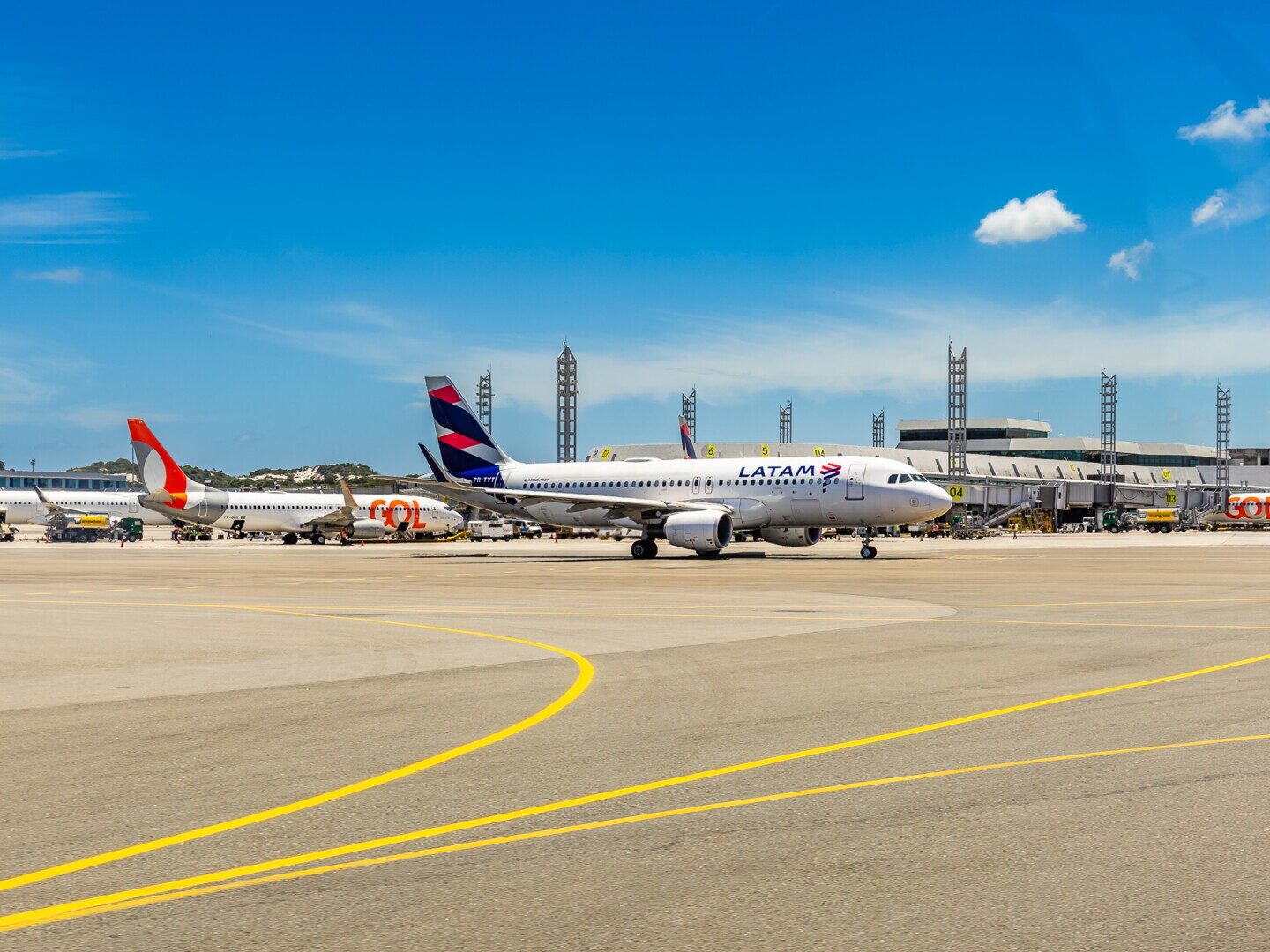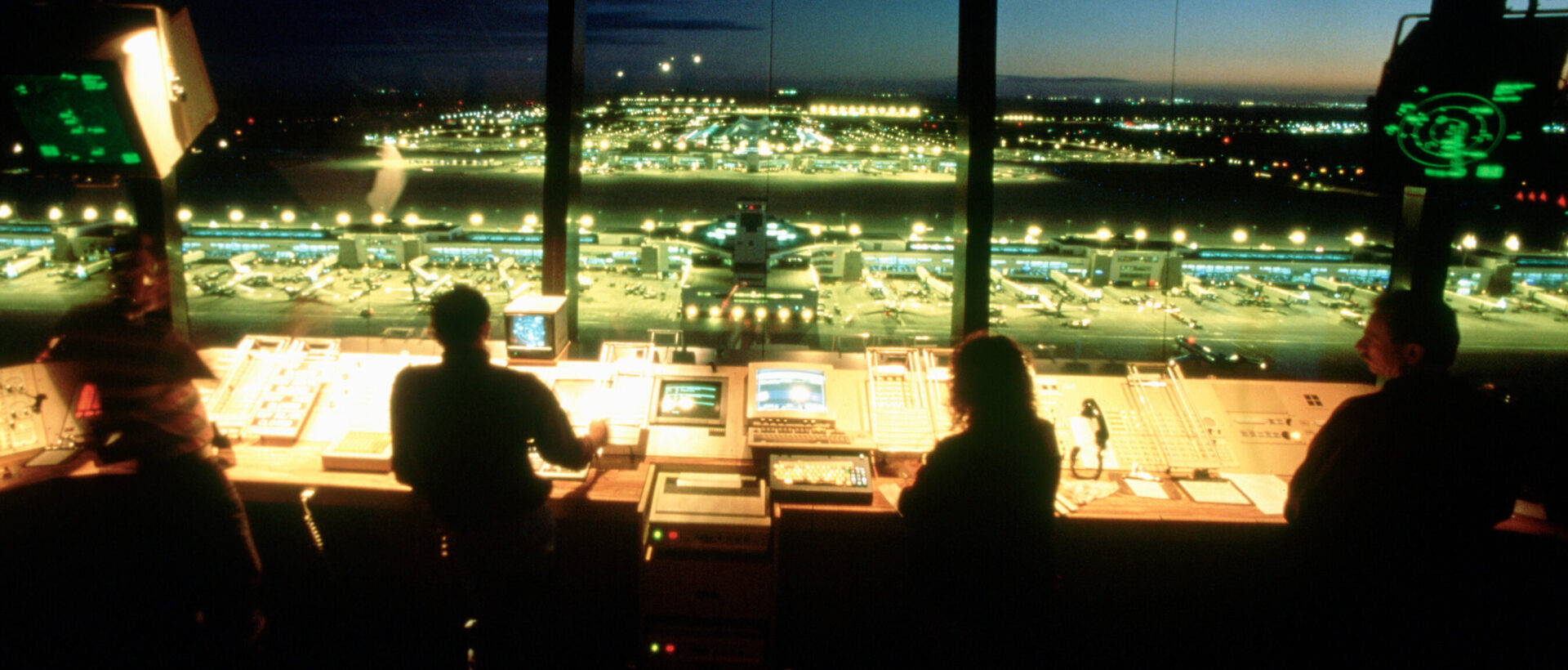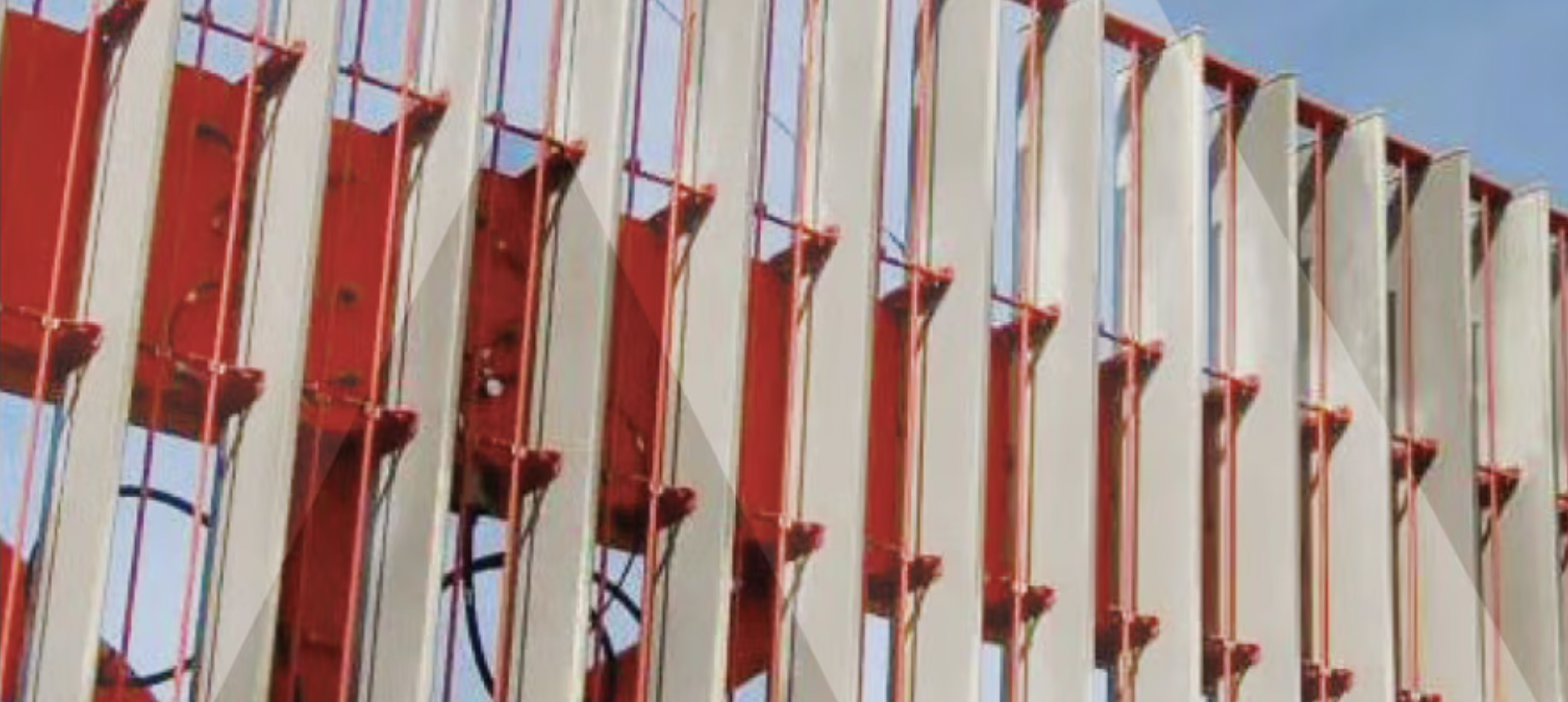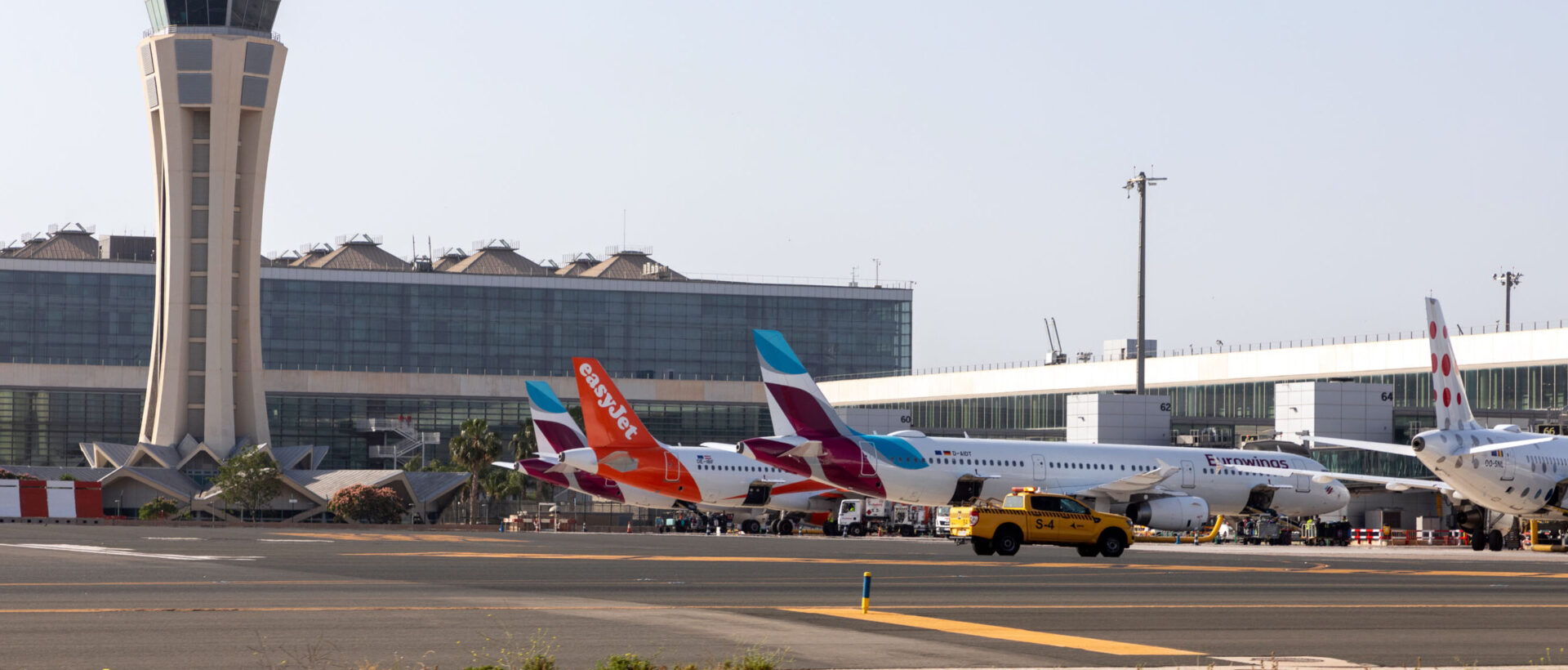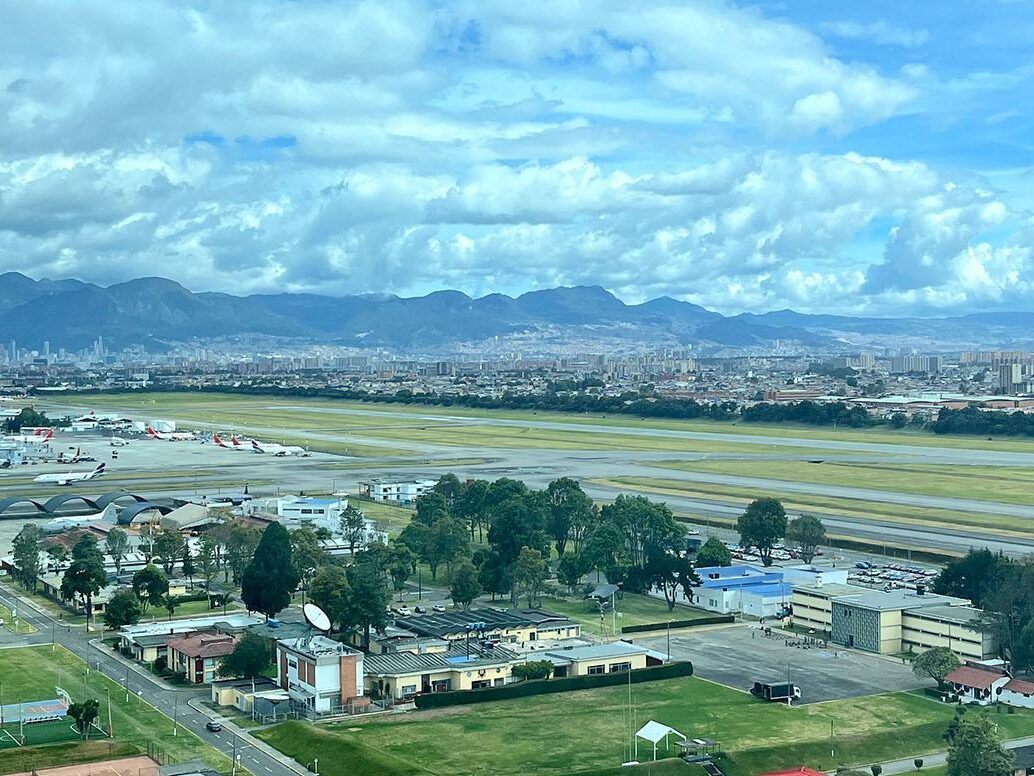The Airports Authority of India (AAI) has completed the airspace design and flight procedures for Navi Mumbai International Airport and Noida International Airport (Jewar).
This milestone required AAI’s expertise in managing complex airspace configurations, particularly near some of India’s busiest aviation hubs.
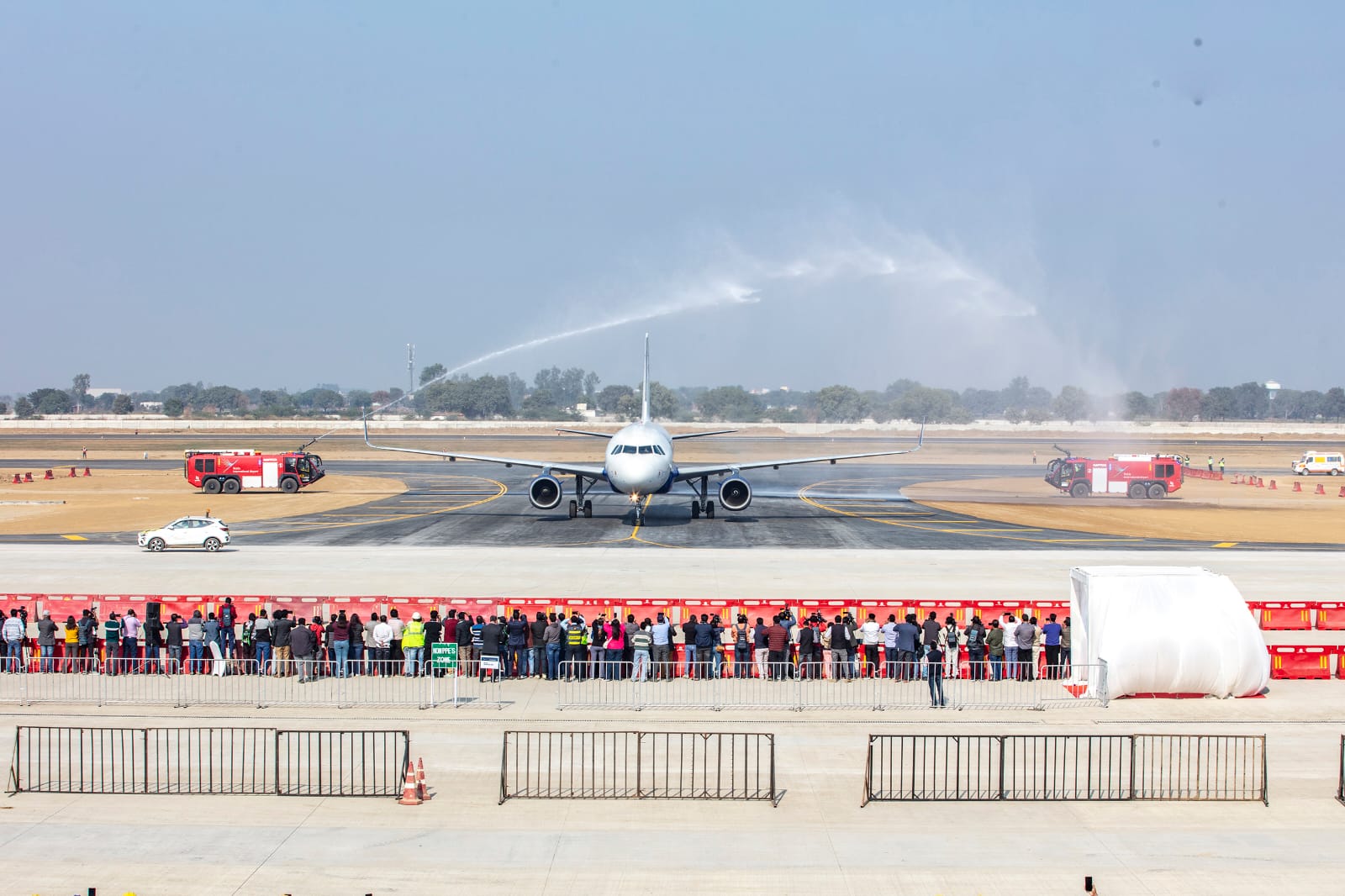
As the country’s Air Navigation Service Provider (ANSP), AAI is responsible for managing airspace and flight procedures nationwide.
Crucially, this includes integrating operations for new airports, with both Navi Mumbai International Airport and Noida International Airports at Jewar in Uttar Pradesh scheduled to open in April 2025.
As part of this project, AAI’s airspace and flight procedure design teams have developed Instrument Flight Procedures (IFPs) to enhance efficiency, reduce emissions, and track miles, and flight times for aircraft operating in the Delhi-Mumbai air corridor.
To achieve this, AAI collaborated with Boeing India, which provided support through simulation and conflict analysis. The project used Boeing’s Total Airspace and Airport Modeler (TAAM) at Bengaluru. This enabled the design and validation of instrument flight procedures, including Standard Instrument Departures (SIDs) and Standard Terminal Arrivals (STARs), to be optimised.
AAI Chairman Shri Vipin Kumar said:In the context of the ongoing strategic partnership between the Airports Authority of India (AAI) and Boeing India, experts from Boeing collaborated with the AAI Flight Procedure Design team to assess and confirm the arrival and departure protocols for the new airports being developed in Jewar (Noida) and Navi Mumbai. The joint efforts have facilitated the safe and efficient integration of operations at these new airports with existing operations in Delhi IGI and Mumbai CSMIA airports.
The anticipated increase in air traffic in both terminal areas will be managed in a way that conserves fuel and track miles for airlines, while also alleviating the workload for air traffic controllers and maintaining safe separation between aircraft at neighbouring international airports. This initiative marks the initial phase of expanding operations along the Delhi- Mumbai corridor, paving the way for a modern metroplex solution in the years to come.
The IFPs have undergone successful flight validation by a domestic airline and have been approved by the Directorate General of Civil Aviation (DGCA) India for implementation. These procedures will enhance efficiency, safety, and sustainability in India’s busiest air corridors.
This achievement aligns with AAI’s commitment to the Aatma Nirbhar Bharat initiative by promoting sustainability and innovation through advanced technology.




